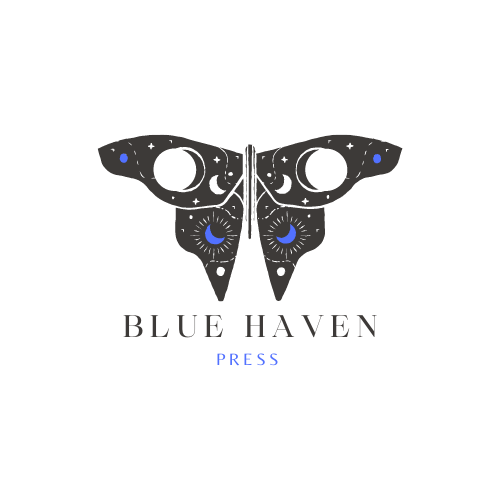 Lake of Sorrows, Loughnabrone, does not appear to be a real place (at least it doesn’t exist beyond Erin Hart’s fictional novel) but County Offaly is, and I am going there in a few weeks. I reread this 2004 archaeological murder mystery in advance because I’m researching the landscape and Iron Age Ireland for a Hollystone Mysteries spin-off. Offaly is the omphalos of Ireland, lying as it does in the ancient province of Leinster, centred between Galway in the west and Dublin in the east. It is:
Lake of Sorrows, Loughnabrone, does not appear to be a real place (at least it doesn’t exist beyond Erin Hart’s fictional novel) but County Offaly is, and I am going there in a few weeks. I reread this 2004 archaeological murder mystery in advance because I’m researching the landscape and Iron Age Ireland for a Hollystone Mysteries spin-off. Offaly is the omphalos of Ireland, lying as it does in the ancient province of Leinster, centred between Galway in the west and Dublin in the east. It is:
…the ancient region known as the Mide, the centre. It was a place that had been ascribed all sorts of magical attributes, the powerful locus represented by the central axes of the crosses on Bronze Age sundiscs, from a time when the world had been divided up into four quadrants, North, South, East, and West, and a shadowy central place, which, because it was not There, had to be Here (9)
It is a land of mountains, wild lands, and rivers, and also of bog. In fact, the Bord na Móna boglands figure into this crime novel, as do those treasures of the past that are occasionally unearthed by a turf cutter. Or by a couple of brothers.
Sometimes it’s treasure; sometimes it’s a body. In the case of Hart’s novel, the Brazil brothers, Dominic and Danny, unearth a large Iron Age hoard in 1977 while working at the Loughnabrone Bog: “numerous axe-heads, several amber bead necklaces, a scabbard and sword hilt, and twelve bronze trumpets” (15). (The Celtic tribes used to scare the bejesus out of their enemies by blaring trumpets in battle.) Complying with the laws of Treasure Trove, the appropriate people are notified and the treasure is shipped to the National Museum in Dublin. At least, most of it. When Danny leaves for Australia, not long after with his reward money, no one is suspicious; until, twenty-odd years later, his body is unearthed in the bog.
American forensic pathologist, Norin Gavin, is in Loughnabrone to examine an ancient bog body in situ. Strangled with a triple knotted leather cord, the man also had his throat cut, and was drowned. A ritual triple murder associate with Iron Age Celts? Most likely. Then, within minutes of her examination, Danny Brazil’s body appears:
the skin was dark brown and the features slightly flattened, the nose smashed to one side, but the eye sockets, skull vault and jawline clearly marked it as human. One skeletal, clawlike hand was curled into a fist and raised above the head…wearing a wristwatch (24).
Danny is clearly no Iron Age sacrifice, though he appears to have endured a ritual killing. Nora, and her lover, archaeologist Cormac Maguire, become embroiled in a complex murder investigation that involves, naturally, several other murders. Well-researched and crafted, what I am most curious about are the Iron Age references and the landscape of the bog. For example, Nora’s first experience on bogland–one I do not intend to replicate–is to be caught outside her car during a dust storm. Suddenly, a stop at the side of a country road turns sinister:
The dust cloud engulfed her, along with the road and the vast expanse of bog on either side, closing her eyes, filling her nostrils and throat with stinging peat. Suddenly unable to guage any distance, she ran blindly until her right knee banged hard into the car’s rear bumper. The glancing pain took her breath away. She didn’t dare open her lips to cry out, but limped around to the driver’s side and climbed in closing the door against the dust that tried to follow her (10).
Note to self: do not stop the rental on the side of a country road, no matter how pastoral it appears, or how long it’s been since the last pit stop!
Hart makes reference to several Iron Age artifacts. The Broighter Hoard was discovered in Derry in 1896 and is exquisite. Quite possibly, these golden gifts were votive offerings to a sea divinity and date back to the first century BC.

La Tène neck ring

Broighter Hoard
How many artifacts are discovered and remain in private collections? And if they are loved and cherished is that such a bad thing? For people like me, yes. I can’t wait to spend time at the National Museum of Archaeology in Dublin admiring those long buried clues to our cultural past. How can we construct a life for a people who left no written records? That is what I am about to discover.


Good combination–archaeology and mystery.